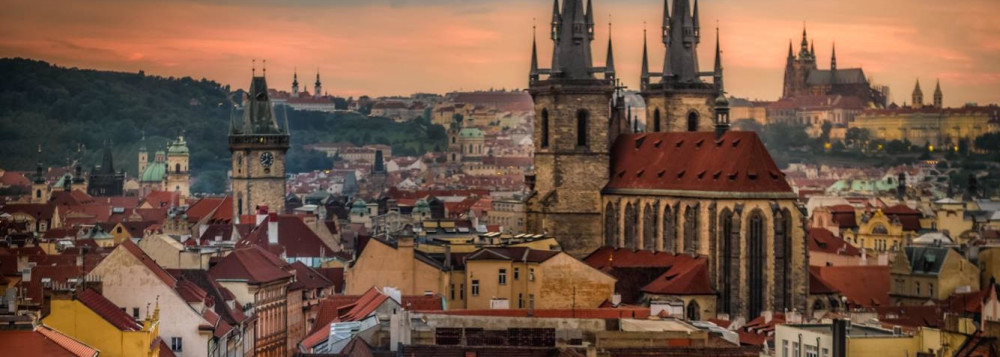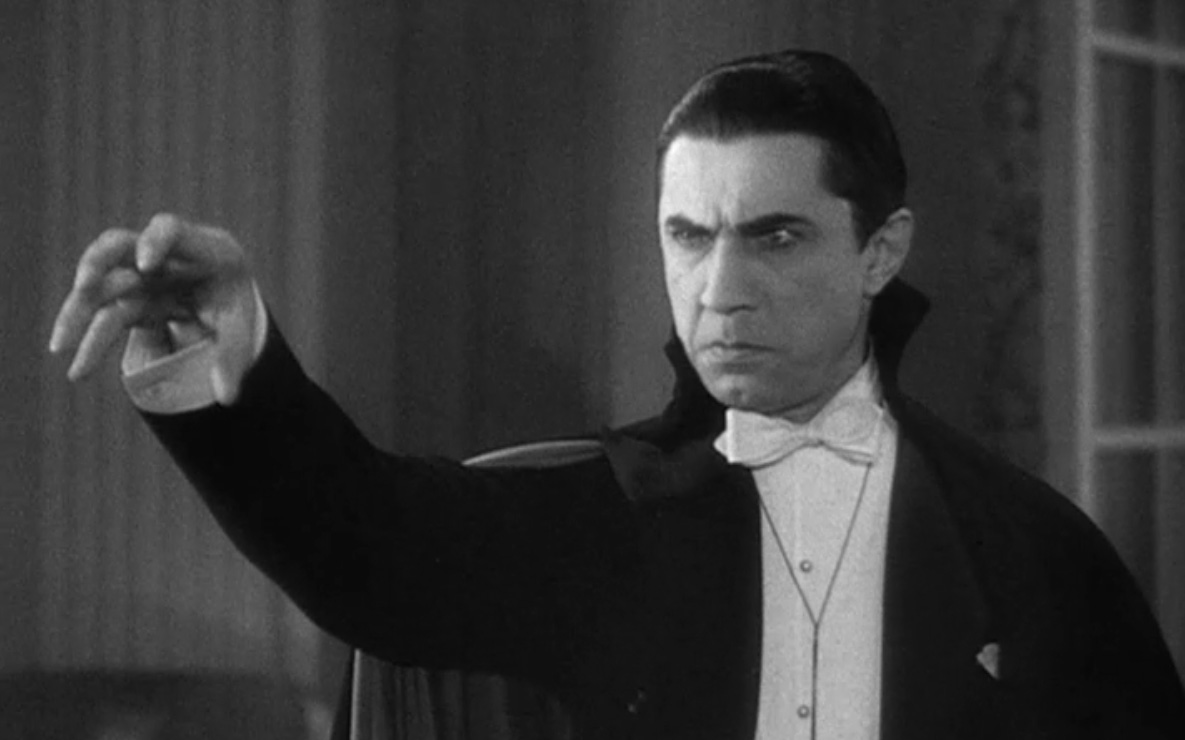Happy birthday to Bram Stoker, the father of the modern vampire story, on November 8! (This also happens to be my granddaughter Sophie’s birthday, so “Happy Birthday!” to Sophie as well!) Vampires, known today for attacking the throats of the living, are perhaps the most well-known category of a class of beings known collectively as “the Undead.” (The Undead was also one of the possible titles Stoker considered for his novel before selecting Dracula!)
The undead (also known as revenants) are creatures that were once living humans but are now deceased and yet continue to act as if they are alive. They may be physical (vampires, zombies) or immaterial (ghosts) and are most often violent and angry with the living. The best-known ghosts and undead creatures are those known for attacking the living; few people tell stories about the FRIENDLY undead — Caspar the Friendly Ghost is perhaps the exception that proves this rule!
Many of the same signs are used to identify the corpse of both the undead and the saints, especially a corpse that does not decay according to the usual rules or expected timetable. It is the personality of the person before death that usually determines if the body is determined to be undead or saintly: an angry, miserly, or vindictive person is more likely to be identified as an undead monster whereas a kindly, charitable, or generous person is more likely to be identified as one of the saints. The interaction of the saints with the living is considered a miracle; the interaction of the undead with the living is considered a danger and a horror.
The undead are frightening for perhaps no other reason than that they blur the distinction between the living and the dead. They are the shadow-side of the saints, dead people known for interacting with the living in order to help those still on earth. Furthermore, the undead can seem indestructible — because how do you stop or kill a creature that is already dead?!?!

